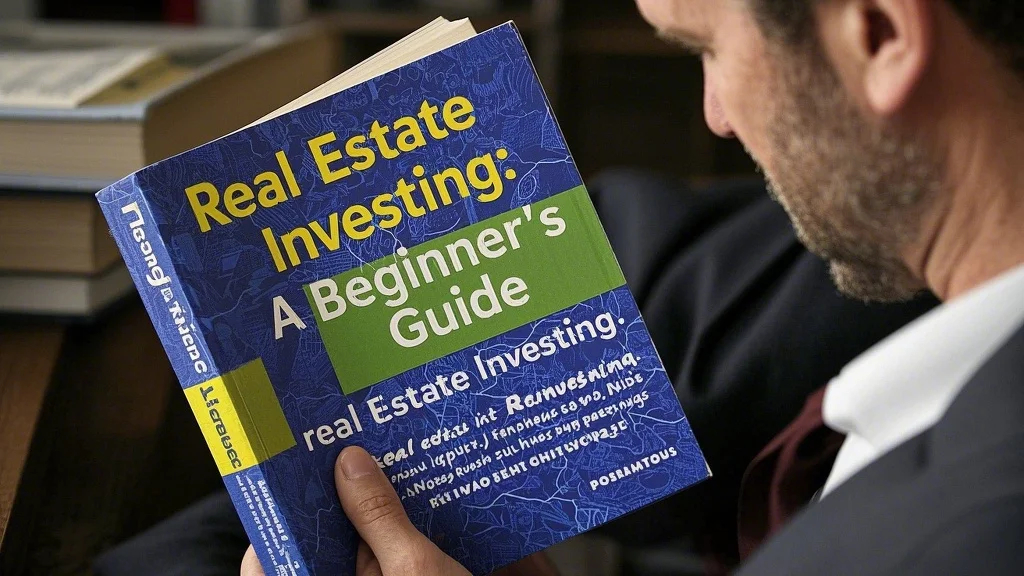Understanding the Foundations of Property Investment
Entering the world of real estate investing requires more than just capital—it demands a fundamental understanding of how property markets operate. Unlike stocks that you can buy with a few clicks, real estate involves physical assets that require management, maintenance, and market knowledge. Successful investors approach property with a business mindset, analyzing cash flows rather than speculating on price appreciation. The tangible nature of buildings provides comfort to many beginners, but this same quality introduces complexities like tenant relations, local regulations, and physical deterioration that paper assets don’t face.
Location analysis forms the cornerstone of all successful real estate strategies. The old adage “location, location, location” remains true because desirability drives both rental income and long-term appreciation. Savvy investors study neighborhood trends, employment centers, school districts, and infrastructure developments to identify areas poised for growth. They also understand that different property types—residential, commercial, industrial—follow distinct market cycles and require specialized knowledge. Developing expertise in one niche before diversifying often yields better results than spreading too thin across unfamiliar property types.
Exploring REITs as an Alternative Path
For those seeking exposure without hands-on management, real estate investment trust (REIT) vehicles offer compelling advantages. These publicly traded companies own and operate income-producing properties across various sectors, from apartment complexes to cell towers. REITs must distribute at least 90% of taxable income to shareholders, creating reliable dividend streams that appeal to income-focused investors. The liquidity of REIT shares solves one of traditional real estate’s biggest challenges—the inability to quickly convert property to cash when needed.
REITs come in multiple varieties that cater to different investment objectives. Equity REITs own physical properties, mortgage REITs finance real estate, and hybrid REITs combine both approaches. Within these categories, specialized REITs focus on niche sectors like healthcare facilities, data centers, or self-storage units. While REITs eliminate many operational headaches, they still require due diligence—evaluating management quality, portfolio composition, and debt levels proves essential. During periods of rising interest rates, REITs often face headwinds as their borrowing costs increase and their high yields become less attractive compared to safer fixed-income alternatives.
Developing a Personalized Investment Approach
Identifying the best investment strategies in real estate depends entirely on individual circumstances and goals. House hacking—living in one unit while renting others—provides an excellent entry point for first-time investors to offset mortgage payments. Fix-and-flip strategies appeal to those with construction skills and market timing ability, though they carry higher risk than buy-and-hold approaches. Rental property investing offers steady cash flow but demands landlord responsibilities or management fees.
Commercial properties often feature longer leases and professional tenants but require larger capital commitments and deeper market knowledge. Real estate syndications allow passive participation in larger deals through pooled investments, though these typically require accredited investor status. Wholesaling involves contracting properties and assigning the contracts to other investors for a fee, requiring strong networks and negotiation skills. The common thread across all successful strategies is thorough market research and clear understanding of the value proposition before committing capital.

Mastering the Financial Fundamentals
Sophisticated asset management separates professional real estate investors from amateurs. Key metrics like capitalization rates (net operating income divided by purchase price), cash-on-cash returns (annual pre-tax cash flow divided by total cash invested), and debt service coverage ratios (net operating income divided by mortgage payments) reveal whether a property makes financial sense. These calculations should factor in all expenses—not just mortgage payments but property taxes, insurance, maintenance reserves, vacancies, and management fees that beginners often underestimate.
Financing strategies significantly impact returns. While conventional mortgages work for residential properties, commercial loans often feature shorter terms and balloon payments. Creative financing like seller carry-back agreements, lease options, or private money lending can unlock deals that traditional financing won’t support. Tax considerations—including depreciation benefits, 1031 exchanges for deferring capital gains, and opportunity zone investments—add layers of complexity but also potential advantages that require professional guidance to navigate properly.
Building a Resilient Portfolio
Diversification applies as much to real estate as to traditional securities, though achieving it requires different approaches. Geographic diversification protects against local economic downturns—a portfolio concentrated in a single city faces higher risk than one spread across multiple markets with differing demand drivers. Property type diversification balances cyclical exposures—while offices may struggle during remote work trends, industrial spaces might thrive from e-commerce growth.
Staged acquisition strategies help manage risk—starting with a single property to gain experience before scaling up prevents overextension. Reserve funds for unexpected repairs and vacancies provide crucial buffers during challenging periods. Many successful investors follow the “100 Rule”—keeping total property debt below 100% of the portfolio’s value—to maintain flexibility during market corrections. As portfolios grow, establishing legal structures like LLCs for asset protection and estate planning becomes increasingly important.
Navigating Market Cycles and Trends
Real estate markets move in cycles influenced by interest rates, economic conditions, and demographic shifts. Recognizing where your local market sits in the current cycle—expansion, peak, contraction, or trough—helps inform buying and selling decisions. While timing the market perfectly proves impossible, understanding valuation metrics like price-to-rent ratios and comparing them to historical averages indicates whether markets are over or undervalued.
Emerging trends like flexible workspaces, last-mile logistics centers, and single-family rental demand create new opportunities. Technology impacts real estate through proptech innovations, virtual tours, and data analytics that change how properties are marketed and managed. Environmental considerations—from energy efficiency standards to climate resilience—increasingly affect property values and insurance costs. Successful investors stay informed about these macro trends while maintaining focus on their specific investment criteria and long-term objectives.
Cultivating the Investor Mindset
Long-term success in real estate requires developing patience, persistence, and emotional discipline. Property investing rarely produces quick riches—it’s a gradual wealth-building process that rewards consistent effort over years and decades. Dealing with difficult tenants, unexpected repairs, and market downturns tests resolve but also builds resilience that serves investors well during challenging periods.
Continuous education separates thriving investors from stagnant ones. Attending local real estate meetups, studying market reports, and learning from both successes and mistakes creates compounding knowledge. Building relationships with reliable contractors, property managers, and real estate professionals forms a support network more valuable than any single property. Perhaps most importantly, successful investors know when to walk away from bad deals—the discipline to say “no” prevents costly mistakes and preserves capital for genuine opportunities.
